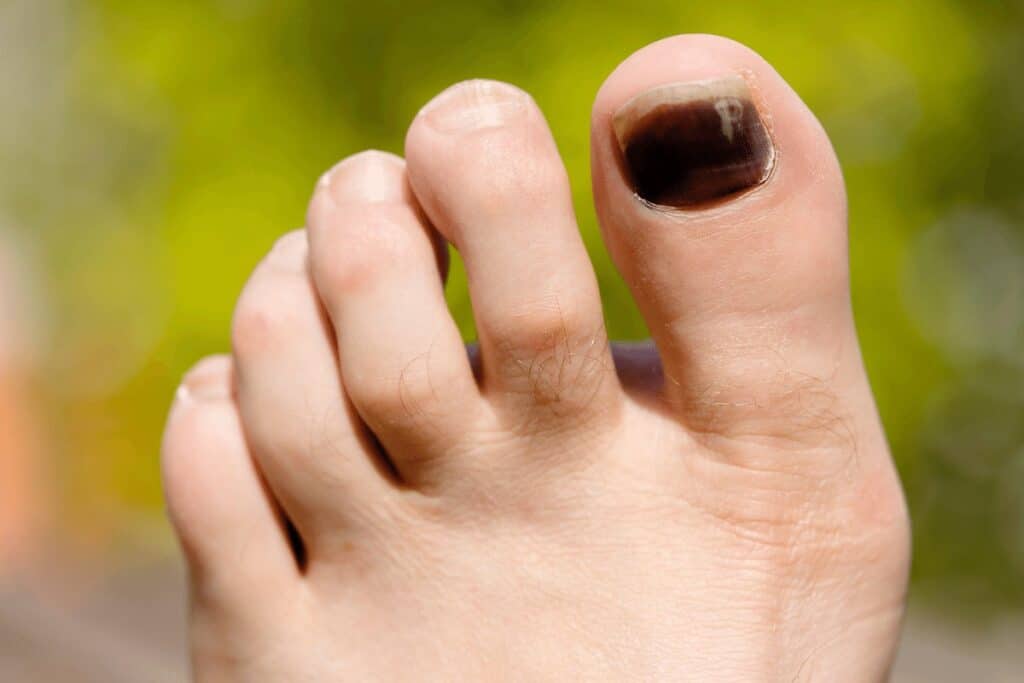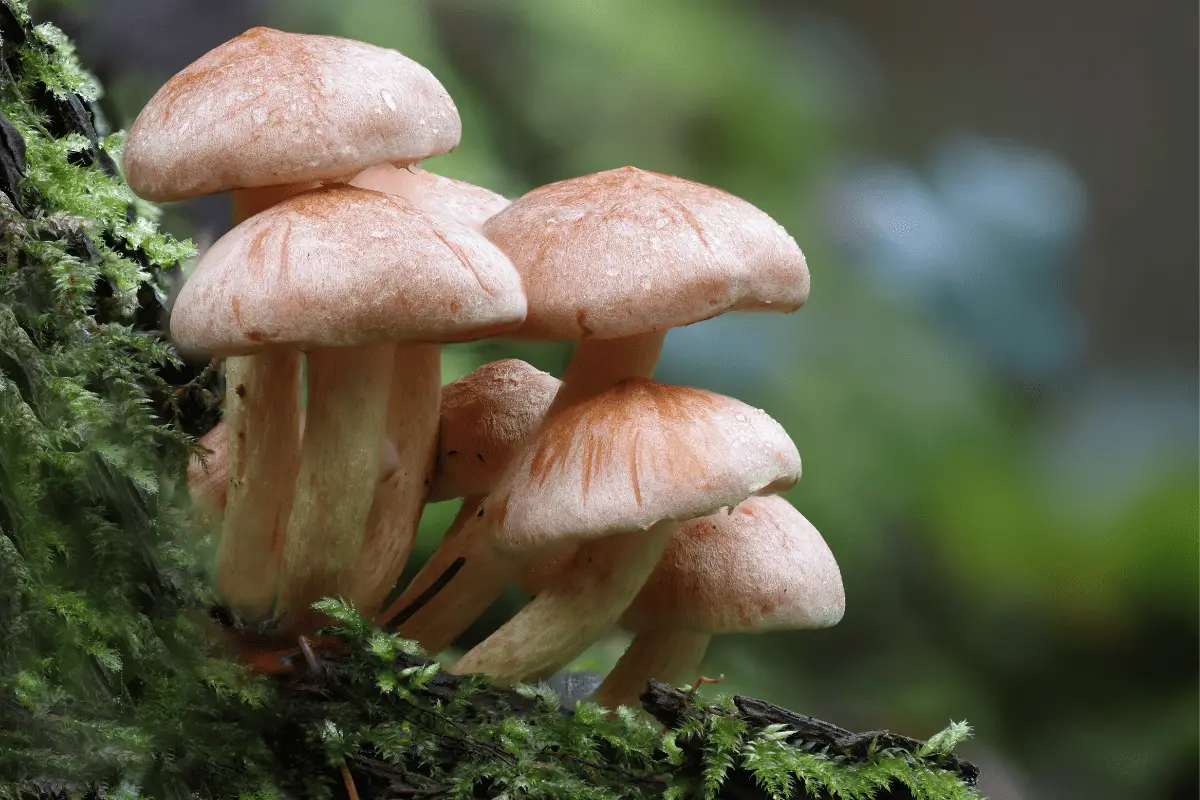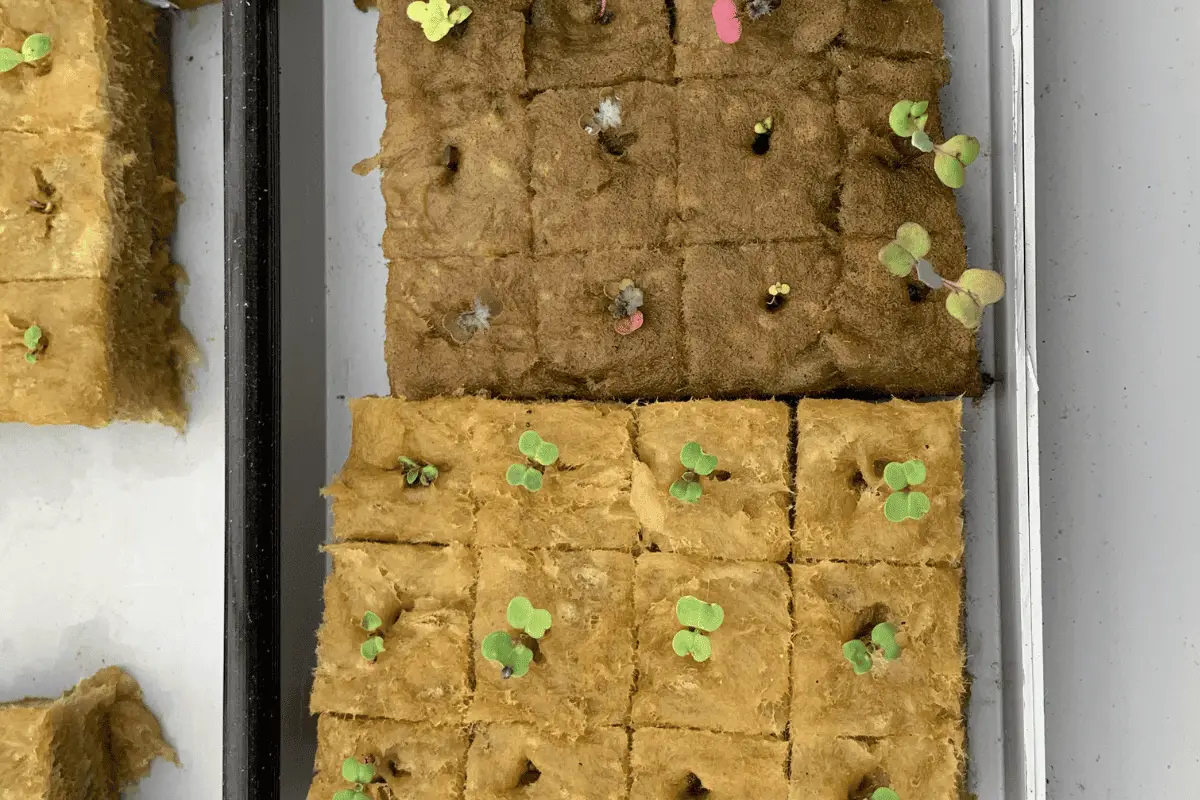When faced with the common dilemma of Can I Hike with A Missing Toenail or whether to cancel outdoor plans due to a missing toenail, the resounding answer is, yes, you can go hiking with a missing toenail. This guide, curated from the amalgamation of our extensive experience as ardent hikers and insights from medical professionals, aims to empower you to make informed decisions about your hiking endeavors despite toenail injuries.
Can I Hike with a Missing Toenail?

The resiliency of the human body allows for a quick return to normal activity after the formation of skin on the nail bed. Unlike a broken bone, missing toenails, a common occurrence among Ultra Runners and hikers, may cause discomfort but are not a hindrance to getting back on the trail swiftly.
Dealing with a Missing Toenail
What to Do if You Are Missing a Toenail?
To alleviate discomfort and expedite healing:
- Use a nail file to smooth the edges.
- Clean the toe, remove debris, and apply antibiotic ointment.
- Cover the area with a bandage.
- Seek immediate treatment for excessive bleeding or complete toenail loss.
Should I Cover My Missing Toenail?
Shield the exposed nail bed for 7 to 10 days until it hardens. Apply antibiotic ointment and a nonstick bandage, changing it daily.
Does It Hurt to Regrow a Toenail?
Expect slow regrowth: up to 18 months for toenails and 4 to 6 months for fingernails.
Will Detached Nails Grow Back?
Once separated, a new nail must grow in its place, a process taking months.
Can You Get a Permanent Fake Toenail?
Toenail reconstruction, a cosmetic procedure by a podiatrist, uses a gel for aesthetic improvement.
Specific Toenail Issues and Solutions
Blister Under Toenail from Hiking
Prevent infection by keeping the area clean and dry. Antibiotic ointment and a bandage can aid healing.
Hikers Toenail Treatment
Swiftly treat missing toenails by:
- Using silicone toe pads.
- Choosing well-fitted hiking boots.
- Keeping toenails short to prevent hitting the boot.
- Adjusting laces for a better fit.
- Wearing moisture-preventing socks.
Bruised Toenail from Hiking
Heal with a cold compress, foot elevation, and over-the-counter pain medication if needed. Consult a doctor if the bruise persists.
Toe Caps for Hiking
Toe caps offer protection from bumps and blisters. Ensure a proper fit and breathable material.
FAQS
Why do hikers lose their toenails?
Pressure and Friction: Hiking, especially on long and challenging trails, can subject your toes to constant pressure and friction inside your footwear.
Improper Footwear: Ill-fitting or poorly designed hiking boots can contribute to toenail problems. Shoes that are too tight or too loose can cause repetitive trauma to the toenails.
What happens if you are missing a toenail?
Pain and Discomfort: Initially, you may experience pain and discomfort as the nail bed is exposed.
Risk of Infection: The exposed nail bed is susceptible to infection, so keeping it clean and covered is important.
Slow Regrowth: Toenails typically grow back slowly, and the process can take several months.
How do I protect my toenails when hiking?
Proper Footwear: Wear well-fitting hiking boots that provide enough space for your toes.
Moisture Management: Keep your feet dry to prevent softening of the nails.
Trimming: Trim your toenails regularly to prevent them from rubbing against the inside of your shoes.
Good Socks: Choose moisture-wicking socks to keep your feet dry and reduce friction.
Can I hike without a toenail?
Yes, you can hike without a toenail, but it’s important to take precautions to avoid further discomfort or complications. Ensure the area is clean, cover it to protect against infection, and consider using padding or bandages for additional cushioning.
What is Hiker toes?
“Hiker’s toe” typically refers to toenail problems or injuries that are common among hikers. This can include issues like black toenails (subungual hematomas), toenail fungus, or toenail loss. These problems often arise due to the repetitive stress and trauma that the toes experience during long hikes.
Can You Get a Permanent Fake Toenail?
Toenail reconstruction is a cosmetic procedure. Toenail reconstruction is performed by a podiatrist using a specialist gel that is layered on top of unsightly or misshapen nails so that the nail is more aesthetically pleasing.
Conclusion
The conclusion as to whether can I hike with a missing toenail is yes.? We hope this article has given you some useful information about how to handle hiking with an injury or ailment. The answer is usually yes, but it’s important that you listen to your body and take care of yourself first. If you’re still not sure whether or not to go on a hike with a missing toenail, rest a few days if you can.
Your hiking experience need not be hindered by a missing toenail.
Additional Resources
Do all hikers & backpackers have missing toenails?
What do you do when your toenails come off?




